CHURCHES FIRE & SECURITY PROVIDE A COMPLETE RANGE OF FIRE EXTINGUISHERS FOR USE ON DIFFERENT TYPES OF FIRE
Get a quote
To find out how much you could save on your fire extinguisher servicing and maintenance with Churches Fire & Security visit our online quote builder.
Create quote now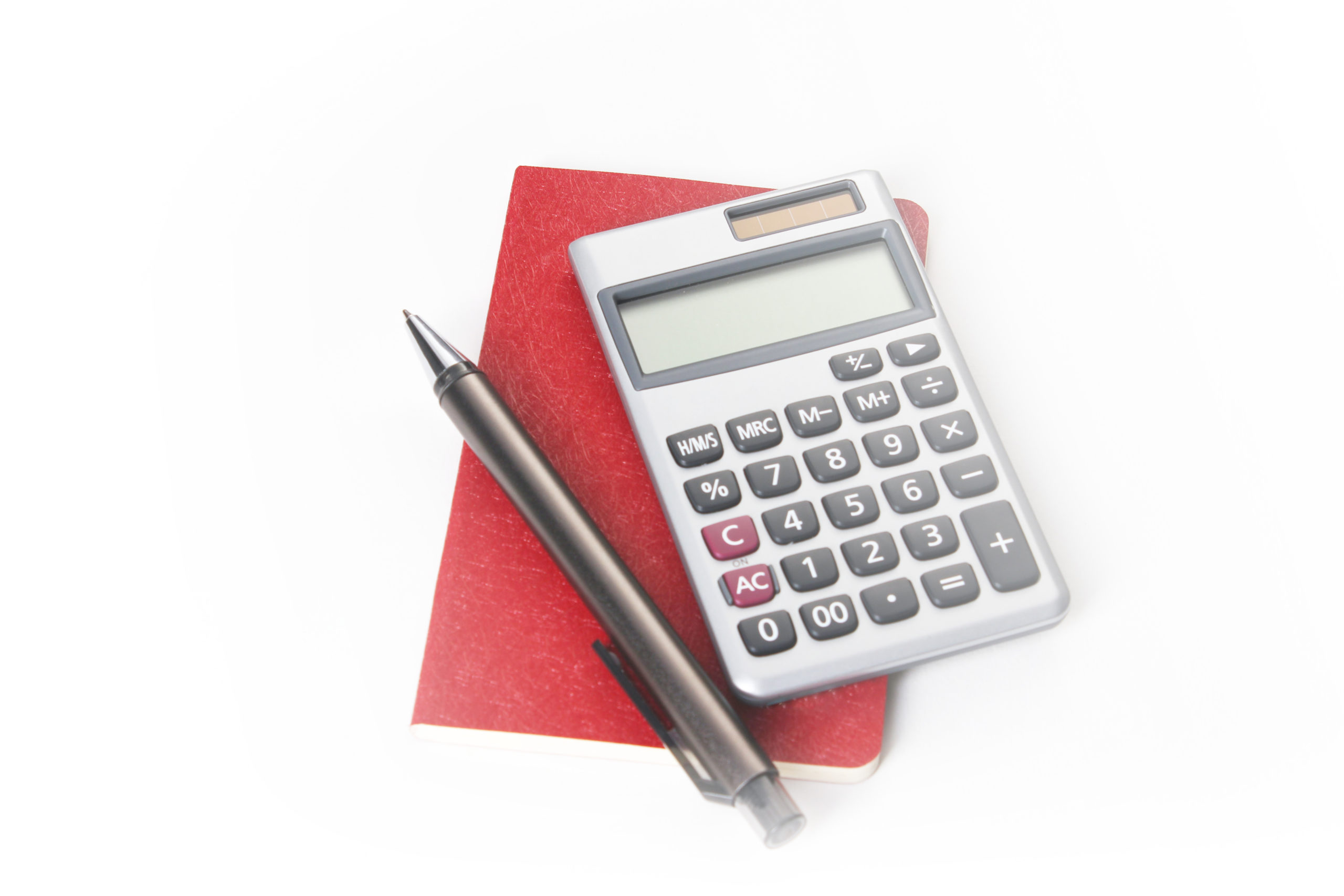
Fire extinguisher requirements
Churches Fire & Security provide a complete range of fire extinguishers for use on different types of fire.
Class A fire risks (paper, wood, textiles etc.) are present in most buildings. The Regulatory Reform (Fire Safety) Order 2005 states that a minimum of two Class A fire extinguishers per floor be clearly accessible all the time.
Fire extinguisher types and uses
There are six different classes of fire and several different types of fire extinguishers to use in the event of these fires. Consider which fire extinguishers are needed in your premises based on the materials on-site:
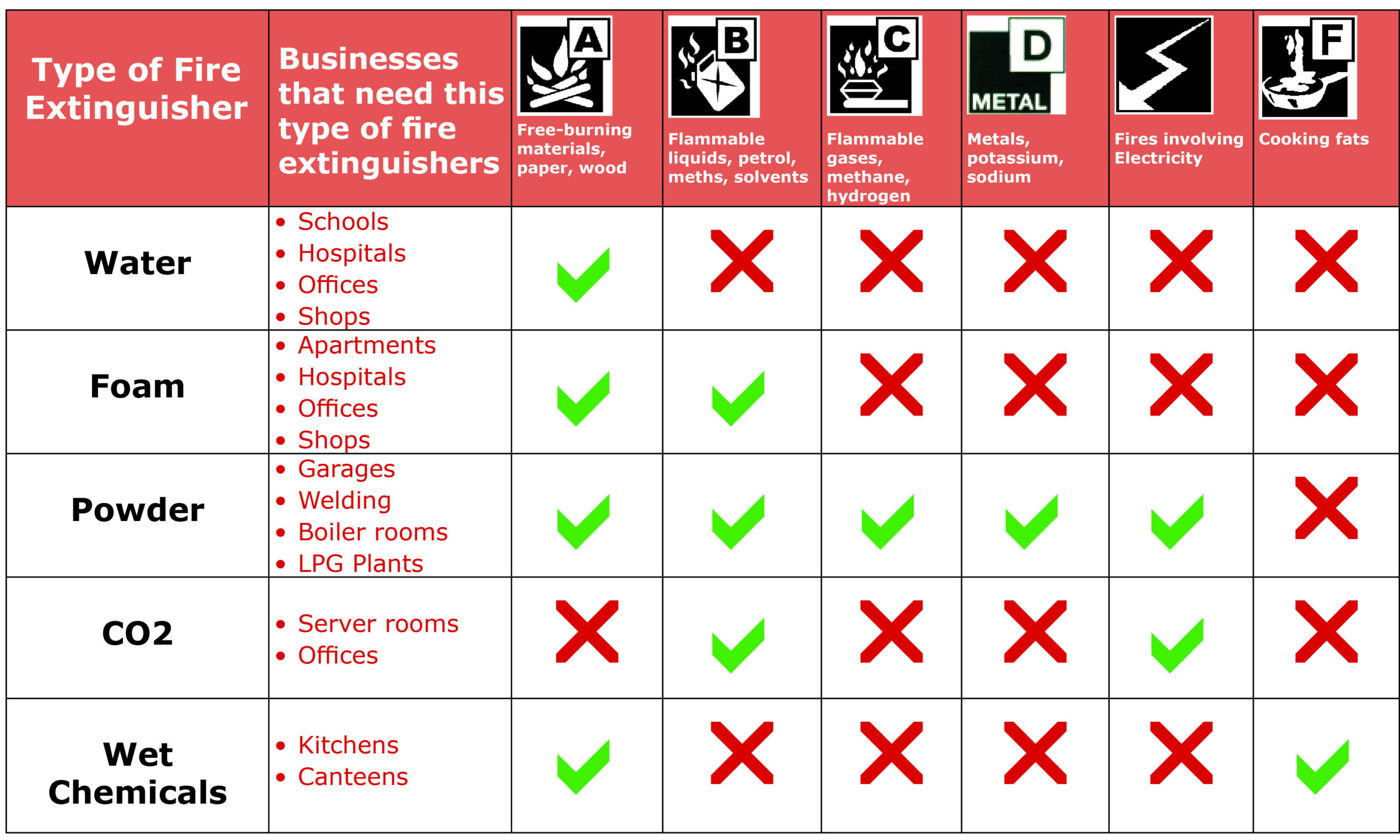
Types of fire extinguishers
Water – Fire Class A; Suitable for use on wood, paper, and textiles. Water extinguishers eject a spray over Class A fires
- Red body
- Suitable for use on Class A fires, wood, paper, etc.
- Not suitable for combustible liquids, cooking fats, etc.
- Not safe to use on fires involving electricity
- Extinguishes by cooling
- Duration: 60 – 68 seconds (approx)
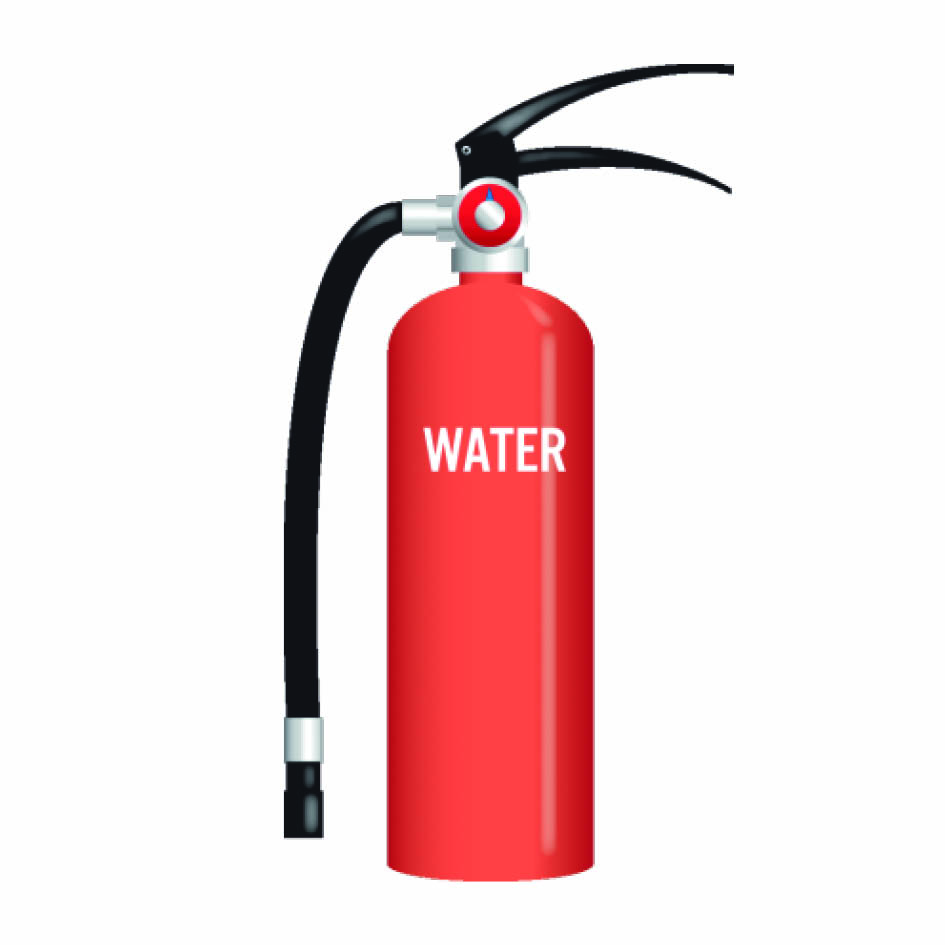
Foam – Fire Class A & B; Foam extinguishers are suitable for use on both Class A and Class B fires, appropriate on petrol, oils, fat and paint fires
- Red body with cream label
- Suitable for Class A and B fires
- Not suitable for use on fires involving electricity
- Extinguishes by cooling and sealing the surface of a burning liquid
- Duration: 30 – 45 seconds (approx)
- Range: 4 – 6 metres
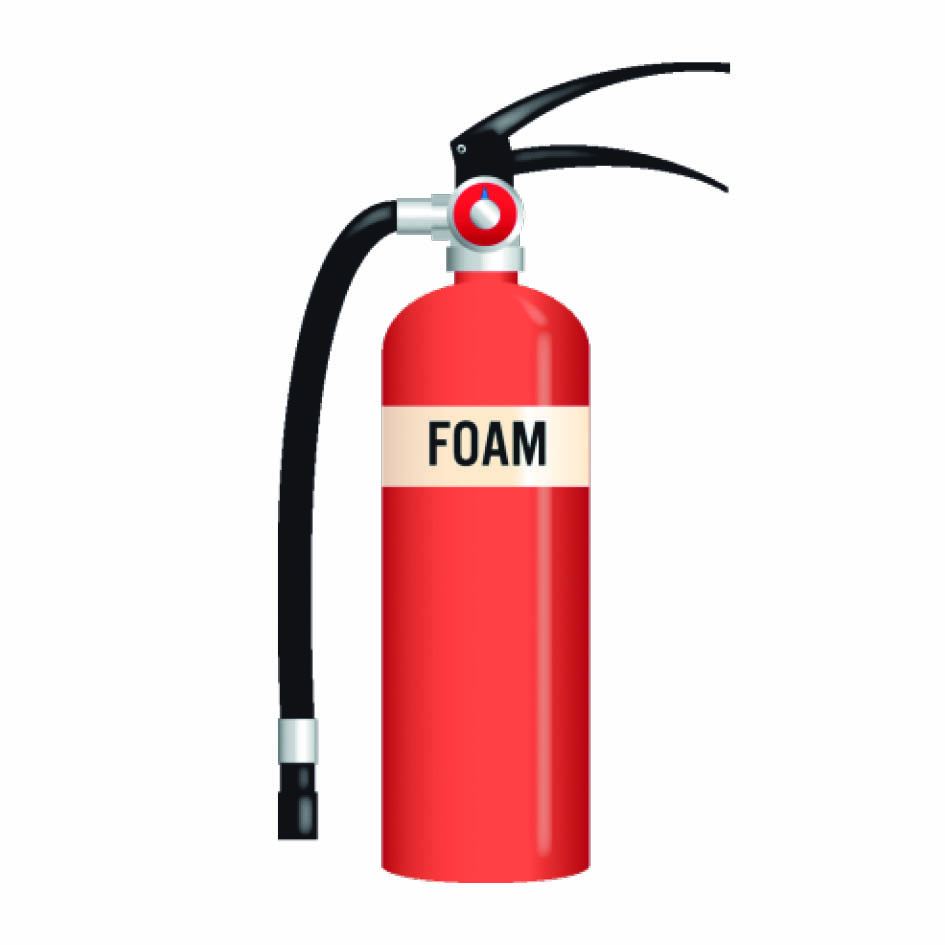
CO2 – Fire Class B; CO2 extinguishers are suitable for use on electrical ignitions and flammable liquids and Class B fires
- Red body with black label
- Best on Class B fires
- Safe to use on fires involving electricity
- Extinguishes by reducing oxygen levels and cooling
- Not to be used in confined areas – can cause asphyxiation
- Duration: 10 – 12 seconds (approx)
- Range: Close proximity
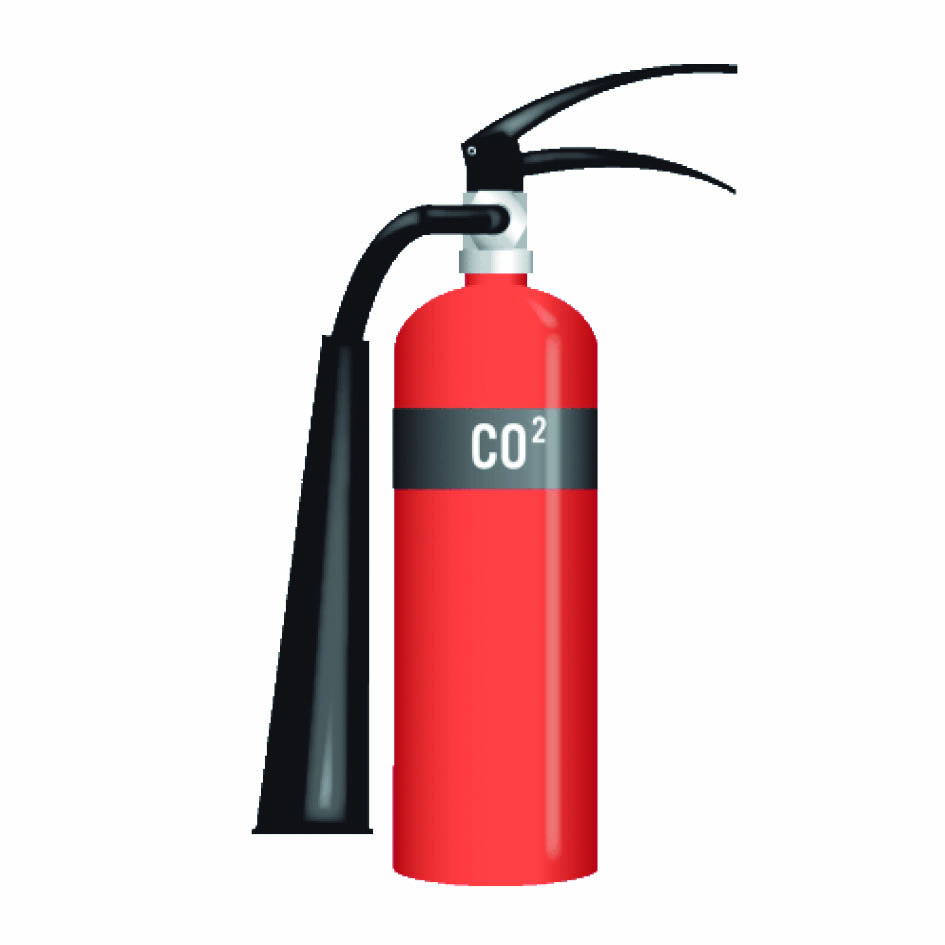
Wet Chemical – Fire Class F; Specifically for use on cooking oil fires, wet Chemical extinguishers are commonly found in kitchens
- Red body with a yellow label
- Specifically designed for use on cooking oil/fat fires
- Can be used on Class A fires
- Extinguishers by smothering and cooling (a fine nozzle creates a mist spray which reacts with the oil/fat)
- Do not use on electrical fires
- Duration: 60 seconds (approx)
- Range: 4 metres
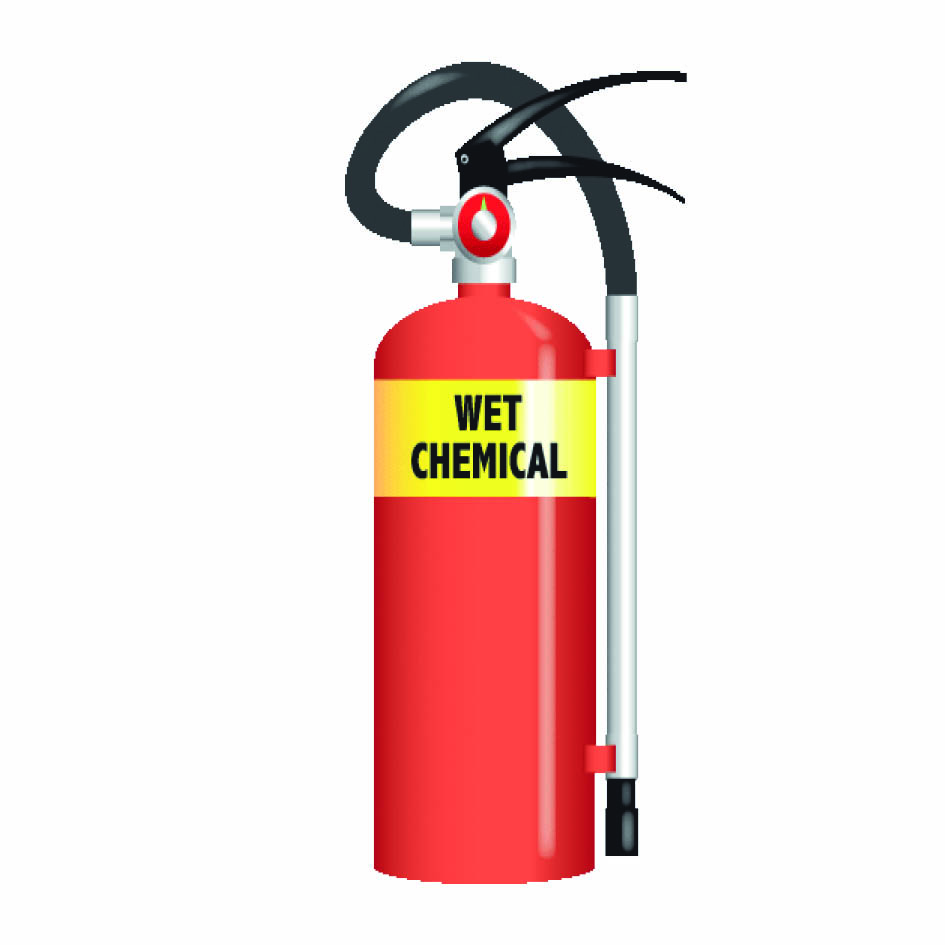
Powder – Fire Class A, B & C; Suitable for fire on a mixture of materials, Powder extinguishers are notably useful on methane, hydrogen and flammable liquid fires
- Red body with blue label
- Best on Class B fires but safe to use on any type of fire
- Extinguishes by chemically interfering with the combustion
- Do not use in a confined areas due to inhalation
- Duration: 9 – 13 seconds (approx)
- Range: > 4 metres
- Range: Close Proximity
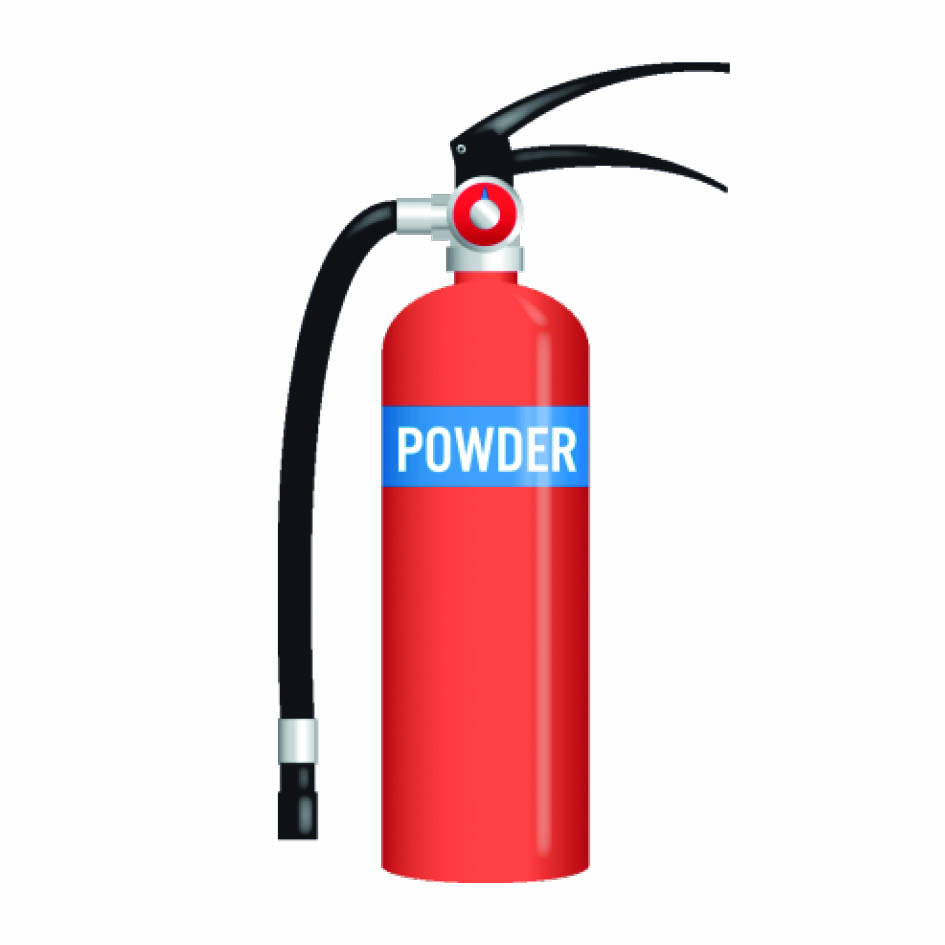
Are your fire extinguishers in full working order and legally compliant?
As part of your business fire safety maintenance, you need to check your fire extinguishers on a monthly basis.
Whilst maintenance and servicing must be carried out every 12 months by a competent technician, businesses must conduct their own visual inspections of all fire extinguishers on-site.
In the event of a fire, you want to know that your fire extinguishers work as expected, so a monthly visual inspection is advised. Here is what we are looking for:
- Signs of damage, e.g. leaking, corrosion, dents, or indicators that someone has tampered with the fire extinguisher.
- Check that the pressure gauge is pointing to the green and working.
- Ensure all fire extinguishers are visible and nothing is obstructing them.
- A broken or wobbly handle.
- Missing or broken locking pins or seals.
- A blocked, torn, or cracked nozzle or hose.
- Make sure the safety pin is intact.
- Check that the seal isn’t broken or damaged.
- Remove any debris or dirt that could be clogging the nozzle.
*Please note that more thorough checks involving the gauge are required.
Who can inspect a fire extinguisher?
The Regulatory Reform (Fire Safety) Order 2005 requires the Responsible Person to undertake adequate fire safety measures in relation to the premises they are responsible for. As a starting point, the Responsible Person should carry out, or arrange, a fire risk assessment to determine the fire safety levels of the surroundings. A fire risk assessment is an in-depth investigation of the premises highlighting any potential fire risk(s).
As part of the fire risk assessment, the premises must be equipped with the appropriate fire detection and fire-fighting equipment, and fire extinguishers come under this equipment.
As the Responsible Person, it is your duty to ensure fire extinguishers are readily available on your premises and that an adequate number of people are trained to use them if a fire were to occur.
It is also the obligation of the Responsible Person to ensure that the yearly service is carried out by a reputable and trustworthy fire safety services provider, such as Churches Fire & Security.
How to use a fire extinguisher
In most circumstances, if you are an employer, the owner, landlord, an occupier or have ultimate control of the premises, you are responsible for fire safety in business or other non-domestic premises. As the Responsible Person, you must be trained on how to use a fire extinguisher and be aware of which fire extinguisher is appropriate depending on the circumstances.
We have a basic guide to follow, detailing how to use a fire extinguisher safely in the event of a fire:
- Select the correct extinguisher
- Pull the pin to break the seal
- Holding the extinguisher upright, squeeze the trigger
- Test the range and content (away from the fire)
- Aim at the fire using a side-to-side sweeping motion
Fire extinguisher training course
Employers are obligated to ensure that all employees are provided with adequate fire safety training. Fire warden training is designed to provide specific knowledge on what actions to carry out in the event of a fire, and how to help to maintain a safe environment. Fire extinguisher training is provided as part of the course with detailed description on how to select and operate firefighting equipment safely & efficiently. On completion of the course, you should:
- Have an understanding of fire safety legislation.
- Be conversant with your roles and responsibilities.
- Understand the elements of combustion.
- Understand the term ‘Means of Escape’.
- Know what actions to take upon discovering a fire.
- Know what actions to take upon hearing the fire alarm.
- Be able to select and operate firefighting equipment safely and efficiently.
- Be able to identify hazards and risks.
- Have a basic understanding of human behaviour.
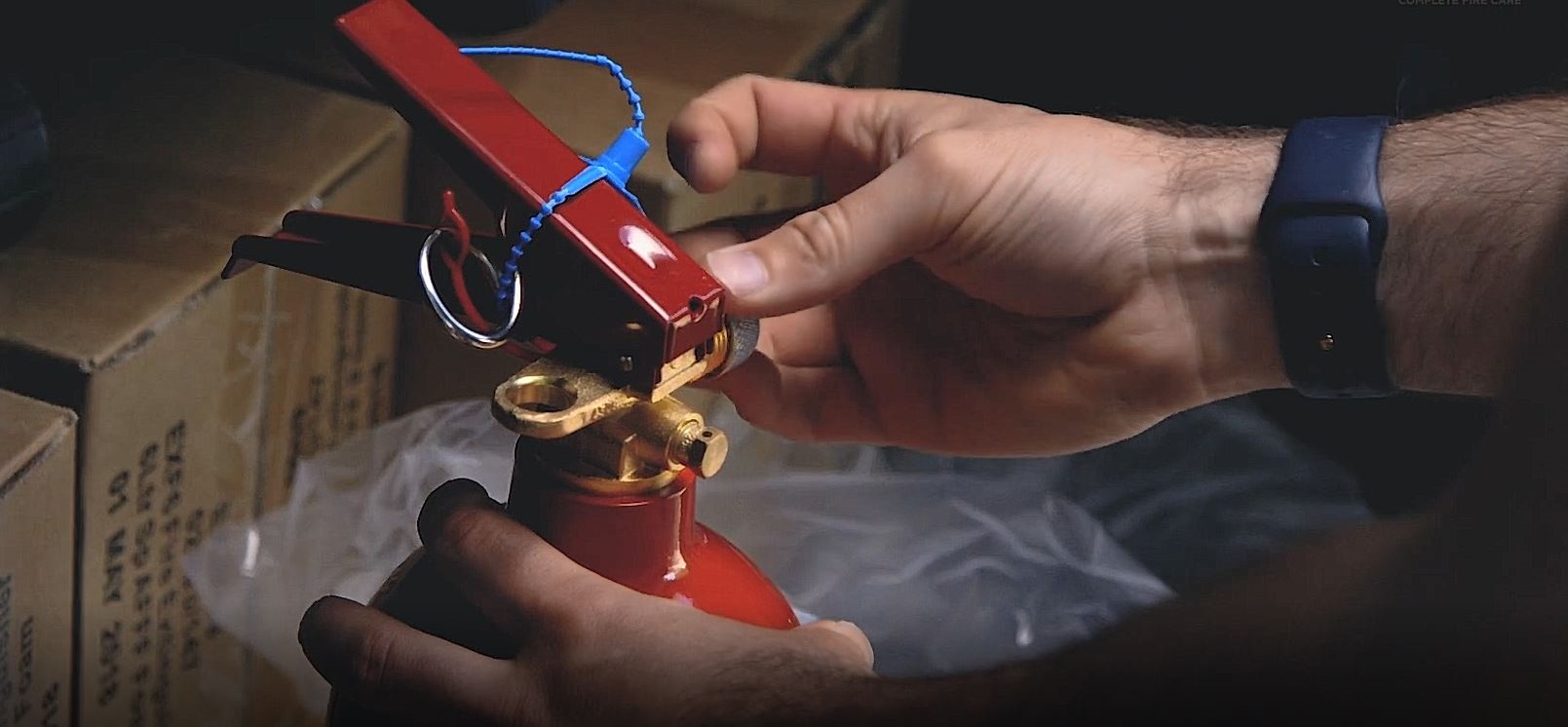
Find out more about your legal responsibility to ensure the safety of your employees and customers by booking a fire risk assessment.
How many fire extinguishers do I need?
It is mandated within the Regulatory Reform (Fire Safety) Order 2005 that fire extinguishers are required in all buildings. Class A fire risks are generally present in all buildings and a minimum of two Class A fire extinguishers are required per floor, which should be clearly visible and accessible at all times.
Extinguishers should be provided for dealing with any potential fire hazard, as identified in the fire risk assessment or by the competent person. A Churches Fire & Security technician can carry out a fire risk assessment and advise on the number and type of fire extinguishers required for your premises.
Fire extinguisher servicing
All fire extinguishers should be inspected annually by a competent fire extinguisher technician.
Churches Fire & Security technicians are experts in their field. With continual in-house training, we are confident in the servicing provided which is supported by our yearly audits, carried out both internally and externally.
During equipment service visits, our technicians will review and advise in relation to other fire safety services, in order to assist customers in compliance with the law. This can include fire alarm systems, emergency lighting and dry risers as well as other services.
When all fire extinguishers on site have been inspected, updated or removed as required, the technician will discuss any findings, concerns and recommendations with the customer.
Following the completion, a Certificate of Inspection will be emailed to the customer automatically.
We are registered to the BAFE SP101 scheme. This demonstrates that our technicians work to the highest safety standards in the commissioning and servicing of fire extinguishers.
For more information fire extinguishers, please click here or contact us on 0370 608 4350.
Get a quote
To find out how much you could save on your fire extinguisher servicing and maintenance with Churches Fire & Security visit our online quote builder.
Create quote now
EMERGENCY LIGHTING
Churches Fire & Security are experts in industry standard emergency lighting to guide your customers and staff to safety in an emergency, even if power is cut.
READ MOREDRY RISERS
We install, service and maintain wet and dry riser pipework, ready to assist firefighters in combatting a fire on the upper levels of a building.
READ MORESPRINKLERS
Sprinkler systems are comprehensive fire suppression method. Churches Fire & Security design, manage, install and maintain high-quality sprinkler systems.
READ MORERequest a callback
Fill out your contact details and one of our colleagues will be in touch to discuss your needs.



